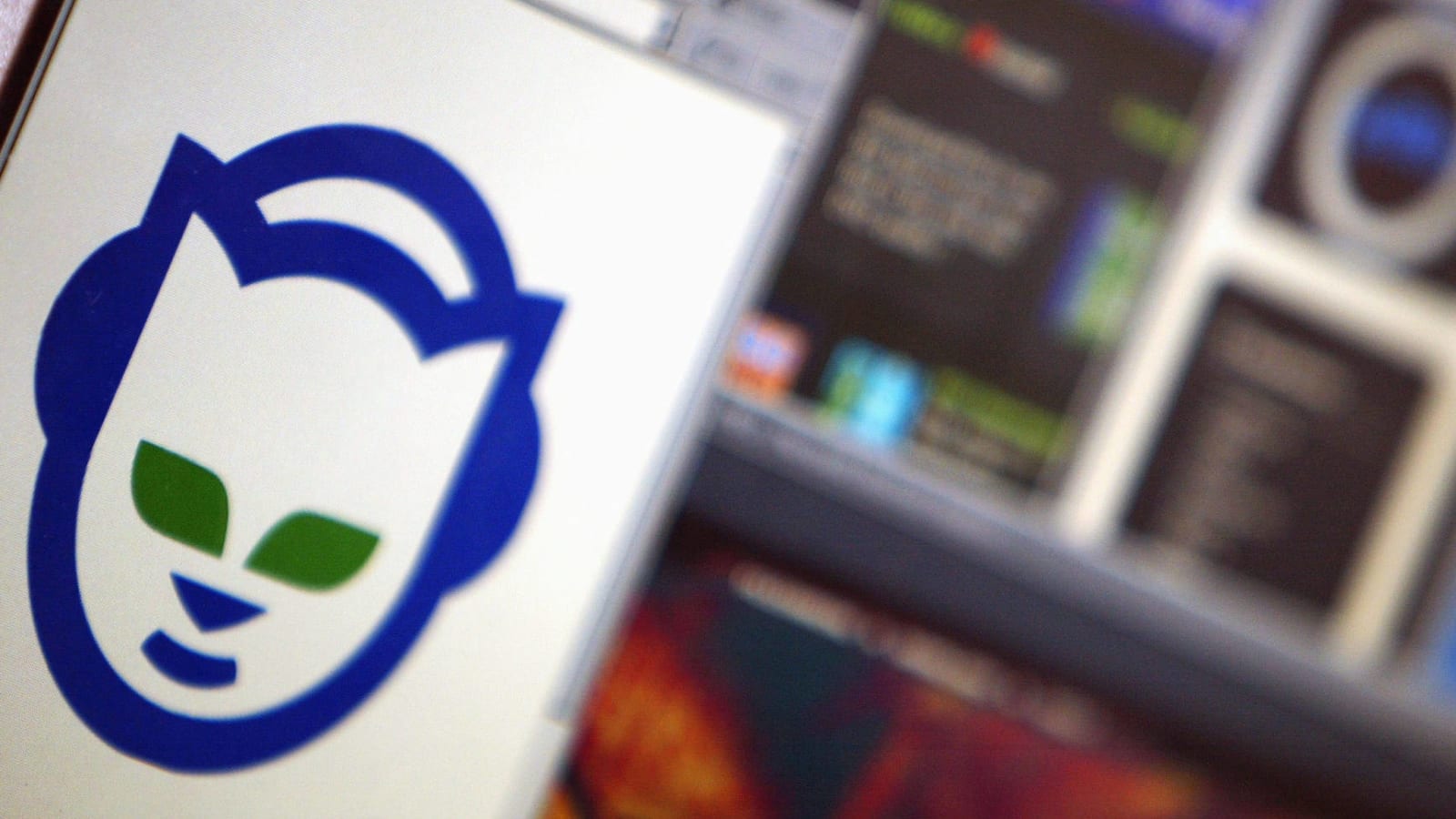
Napster at 20: A look back at the craze that changed how we got our music
Seems like a lifetime ago when it was commonplace to digitally go dumpster diving for that random song or album that found a home playing in your head or resting on the tip of your tongue. And it was all available at your fingertips thanks to your favorite file-sharing program.
Then reality hit, and users were reminded that nothing in life truly is free.
In the 20 years since file-sharing pioneer Napster’s creation, tons of programs like Kazaa, Limewire and Frostwire have come and gone, though none had the immediate impact of Napster.
Created by Shawn Fanning (with later help by Facebook pioneer Sean Parker) in 1999, Napster, although not the first network that allowed for the distribution of files across the internet, focused on MP3 music files. It created an instant warehouse for all the songs you ever wanted to hear, no matter how obscure or out of print.
On the hunt for that vaunted studio demo from your favorite band that used to be the stuff of rumors? Napster had it. Looking for a live concert recording you never heard before? Napster had it. Practically any recorded music from practically any band had a home on Napster. Because the basis of the service dealt with the simple distribution of files, no one foresaw a problem.
Enter Metallica.
Known for its unique brand of speed metal wizardry, Metallica represented the sort of kick-ass DIY mentality that Napster seemed to be built on. One might logically think that such a band would not only support but also celebrate the file-sharing service practically designed to offer up its music on demand, in turn creating new fans by the day.
That is, until unreleased music from upcoming albums started appearing.
Napster, and the file-sharing community at large, caught the ire of Metallica when it discovered that an unauthorized demo of its song “I Disappear” made the rounds without permission. The unreleased song started getting radio play, which in theory would be considered a good thing. However, it exposed a barely hidden fact that set off alarm bells not only for Metallica but for the entire music industry: People were getting music without paying for it.
To understand the ramifications, one only has to look at the times. In the late '90s, the music industry was probably at its most excessive. Back then you got your music by listening to it on the radio, watching it on MTV or, most importantly, buying it.
Because sales naturally drove the industry, no expense was spared in promotion. This meant spending millions of dollars on music videos —the preferred medium for advertisement — at a level that found itself the subject of scrutiny and in some cases parody.
Performers and, more importantly, record labels learned how pervasive file sharing had become practically overnight, so much so that at the height of the file-sharing craze as much as 61 percent of external network traffic consisted of MP3s being passed back and forth. And this was just at colleges.
By 2000, just over a year after Napster became part of the collective consciousness, the first of many lawsuits came down the pike, starting with Metallica. The band would later be joined by hip-hop producer extraordinaire Dr. Dre and then by the labels themselves.
It wasn’t long before Napster was put out of business, with the original program being shut down by court order in July of 2001. However, by the time Napster met its initial fate, the public’s insatiable appetite for free music led to the creation of a myriad programs that allowed users to get their Napster fix, which naturally put the record labels at a disadvantage.
To combat the problem, labels and artists would routinely upload corrupted files, annoying users and making it hard (but not impossible) to find the music they wanted. When that didn’t work, the industry turned to an even harsher tactic: suing its consumer base.
Because sharing music files is legally tantamount to copyright infringement, the only recourse the industry felt it had was to go after the people, often kids, with controversial lawsuits that threatened to bankrupt middle- and lower-class families over something as seemingly innocent as a few keystrokes and a click or two of a mouse.
Even though file sharing was being portrayed as an evil act that cost labels and performers millions of dollars through diminished sales, there was a large and logical argument that it brought with it a promotional power that heavy spending on traditional advertising didn’t. Some artists, like indie darling Radiohead, actually championed file sharing, as it gave them the sort of distribution that record labels, which were primarily interested in pushing A-list acts, weren’t offering.
To smaller bands, file sharing was better than word-of-mouth because not only was their music getting out there, but they also experienced increased sales. Whether that can be solely attributed to file sharing alone is inconclusive. What it succeeded in doing is offering hope to bands that didn’t have big record deals, giving them an even playing field of sorts to expose their music to audiences who wouldn’t know they existed otherwise.
By 2003, Apple founder Steve Jobs introduced the iTunes Store, giving users the opportunity to find (most) music on their own for a nominal fee (99 cents), ultimately making consumers, bands and record labels happy.
In the end, it wasn’t necessarily about piracy. Rather, it was about availability. The internet created an on-demand culture, and physical copies of everything were not always necessary. Also, in this short yet fiery era of file sharing, the record labels could’ve come on board early — as the initial models of MP3 file sharing were ready-made for monetization — yet they viewed it not as an opportunity but as a threat.
Finally, there was an extensive amount of damage as a result of the file-sharing craze. Record labels had to reevaluate their business models, artists no longer had access to unlimited amounts of label money to produce gaudy videos and fund reckless tours, and fans…simple music fans...felt like they were treated as enemies by the industry they supported.
Of course no one who survived the MP3 File Sharing Wars of 1999 – 2005 could’ve seen what was coming next: the advent of torrenting, which brought the film industry into peril, with even more money at stake against the threat of piracy. But that’s a story for another day — with a similar ending.
Today, looking back at those early days of file sharing and all its highs and lows, there’s almost a sense of the antiquated. All the things we did then, we simply don’t do now, and largely we don’t want to. Sure, piracy still exists largely due to torrenting of movies, computer programs and some music, but it’s no longer the problem it once was, thanks in large part to the golden angel of commerce known as streaming.
In this Marie Kondo-ized society, where clutter — even digitally — is frowned upon, the demand for physical media no longer has the weight it once did. When it comes to music, any number of subscription-based streaming platforms exist to serve your every whim. There's Apple Music, Spotify, Pandora and yes even Napster, which lives on as the most recent iteration of the Rhapsody online music store.
In 2019, playlists have fully replaced mix tapes (or CDs), and file sharing as we once knew it sits alongside Palm Pilots and AOL Instant Messenger in the technological dustbin of history.
So as Napster turns 20, we should know that without access to that virtual outlaw of the web, it's hard, if not impossible, to see how we would have ever gotten from there to here.
More must-reads:
Breaking News
Trending in Entertainment
Customize Your Newsletter
 +
+
Get the latest news and rumors, customized to your favorite sports and teams. Emailed daily. Always free!








